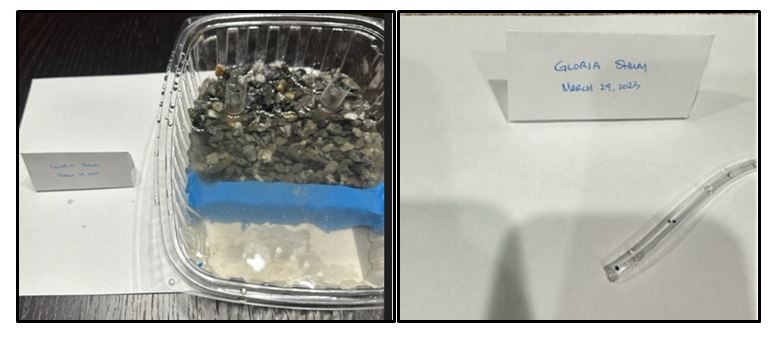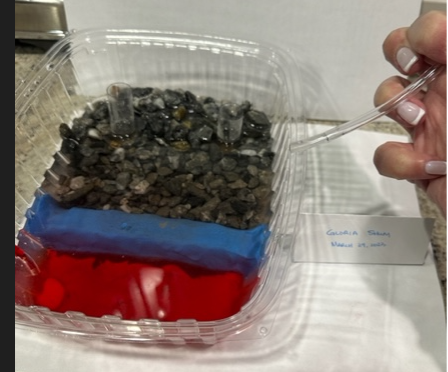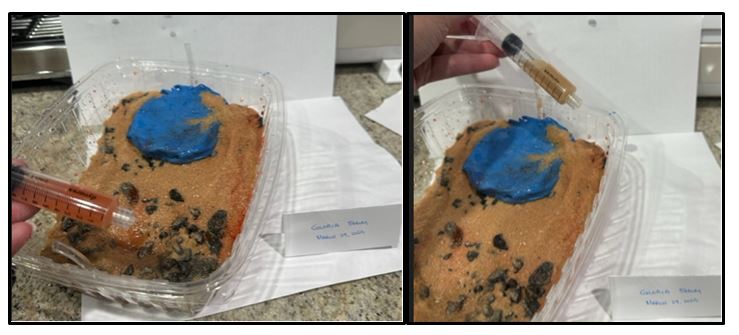Introduction
In nature, water is embedded in complex cycling processes that allow it to serve as a critical source of water supply for a variety of needs, from ecosystem communities to agricultural and industrial human activities. There are two critical processes in the cycle that affect the efficiency of water migration, namely withdrawal and recharge. Withdrawal is the removal of water from its source, which can be realized either naturally or artificially, while recharge is the process of adding water to aquifer layers (Meza-Gastelum et al., 2022). An in-depth study of the relationship between these processes allows us to understand the behavior of water in nature and, if necessary, to control it. Notably, this knowledge can be used to combat pollution since, in the case of industrial water pollution, it is necessary to ensure that water is completely isolated and purified, preventing pollutants from entering sewage and groundwater (Kurwadkar et al., 2020). Thus, understanding the principle of the water cycle is a key component of achieving an efficient and sustainable water supply.
The present laboratory work is built on the principle of modeling natural conditions to identify patterns of water behavior. Three consecutive exercises differing in initial conditions were performed. The hypothesis of the first exercise is that the clay serves as an insulating layer that does not allow water to pass through the barrier, so the water level in the aquifer will remain the same. The second exercise assumed that the gravel and sand serve as natural filters that do not allow contaminants to pass through them, and therefore the withdrawn water will not be stained. Finally, the third exercise was based on the hypothesis that water from a well not surrounded by an insulating layer would be contaminated by fertilizers from groundwater, whereas water from a location on a hill surrounded by clay would not contain fertilizers because of its barrier function. This laboratory work aims to test these three hypotheses by performing simulations.
Results
Observations
Three exercises were performed to evaluate water cycle patterns and the relationship between the aquifer and reservoir under simulated conditions. The first exercise demonstrated that after the primary water intake, there was significantly less water in the aquifer than there was at the beginning, as indicated by the marks on the tube in Figure 1. However, two minutes later, the water level in the aquifer returned to its primary state, that is, it was higher. Fig. 2 shows the results for the second exercise performed: even though 10 ml of contaminant was added to the tank, the water in the well remained clean both immediately and several minutes later. It is essential that due to the low height of the clay insulating layer, some water was released into the aquifer but was not detected in the samples taken. Finally, for exercise 3, it was obtained that the water from the lower layer, which was not surrounded by any insulating layer, contained some fertilizer (pollutant), while in the upper layers with clay as a barrier, no contamination was detected.
Graphs and Photographs



Analysis
The results obtained allow accepting each of the previously stated laboratory hypotheses. In the first exercise, the hypothesis stated that the water level in the aquifer would remain the same after the removal of excess water from the well: the results confirm this statement (Fig. 1). Despite the fact that immediately after withdrawal, the water level expectedly decreased, after some time the water cycle was able to reach a balance and the amount of water in the well returned to its original value. In the second exercise, the hypothesis was that the mixture of gravel and sand served as a good filtration system, so the withdrawn water would not be contaminated: observations confirmed this, and the water in the tube was clean even after several attempts (Fig. 2). Finally, in the third exercise, the hypothesis of the insulating properties of the clay was confirmed, because the water in the upper layers of the model was clean and therefore the contaminant did not get there, unlike in the lower layers, as shown in Figure 3. Thus, all three hypotheses were accepted in strict accordance with the results obtained.
Discussion
The purpose of this laboratory work was to evaluate the behavior of water under simulated conditions to test the stated hypotheses: the results were not only able to serve as confirmation but also corresponded to the real behavior of water. In particular, in aquifers, clay does serve as an excellent insulating material, preventing water from penetrating between layers (Ciuła, 2021). Thus, the flow of water is naturally regulated in such a way that it does not penetrate through the clay layers. At the same time, the porous structure of the mixture of sand and water, as well as the absorptive capacity of sand in nature, do determine their function as a natural barrier (Tariq et al., 2021). In other words, such a mixture filters the water and allows pollutants as heavier molecules not to penetrate them. Taking this into account, the lack of water coloration in the upper layers can be explained by the insulating clay layer, which did not allow the dye (fertilizer) to reach the groundwater. To summarize, the work demonstrated patterns of water behavior in the cycle through withdrawal and recharge that support existing evidence about the natural properties of water.
References
Ciuła, J. (2021). Modelling the migration of anthropogenic pollution from active municipal landfill in groundwaters. Architecture, Civil Engineering, Environment, 14(2), 81-90. Web.
Kurwadkar, S., Kanel, S. R., & Nakarmi, A. (2020). Groundwater pollution: Occurrence, detection, and remediation of organic and inorganic pollutants. Water Environment Research, 92(10), 1659-1668. Web.
Meza-Gastelum, M. A., Campos-Gaytán, J. R., Ramírez-Hernández, J., Herrera-Oliva, C. S., Villegas-León, J. J., & Figueroa-Núñez, A. (2022). Review of groundwater withdrawal estimation methods. Water, 14(17), 1-20. Web.
Tariq, K. A., Husnain, S. A., Mudassar, M., & Awais, M. (2021). Performance evaluation of filter used in groundwater recharging through wells. Technical Journal, 26(01), 9-14. Web.